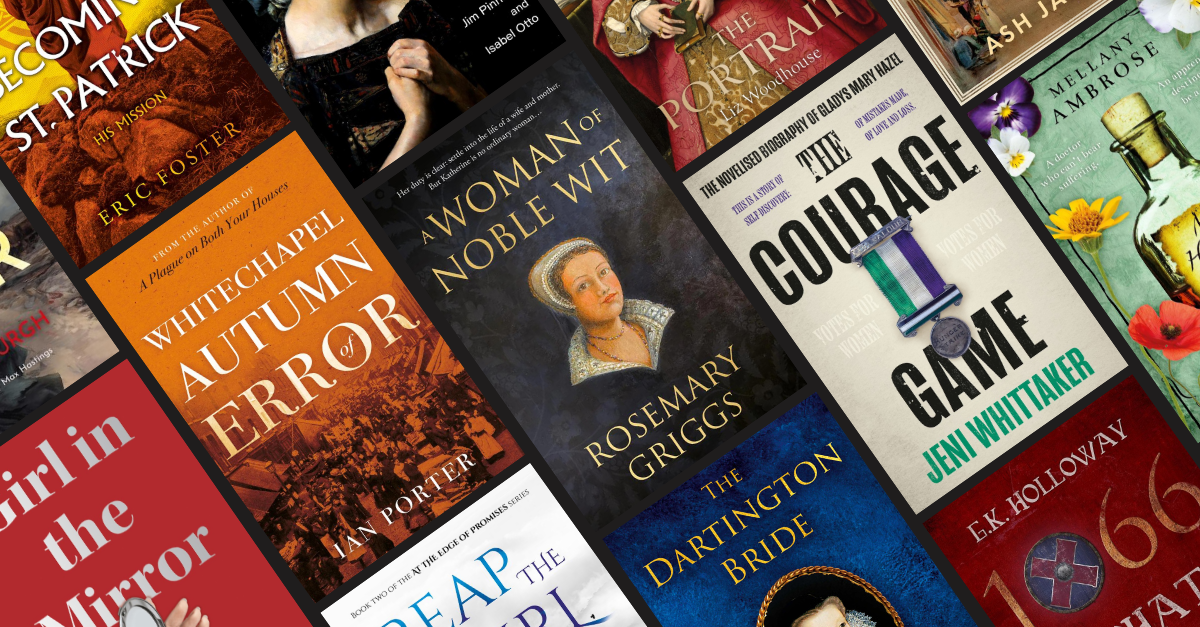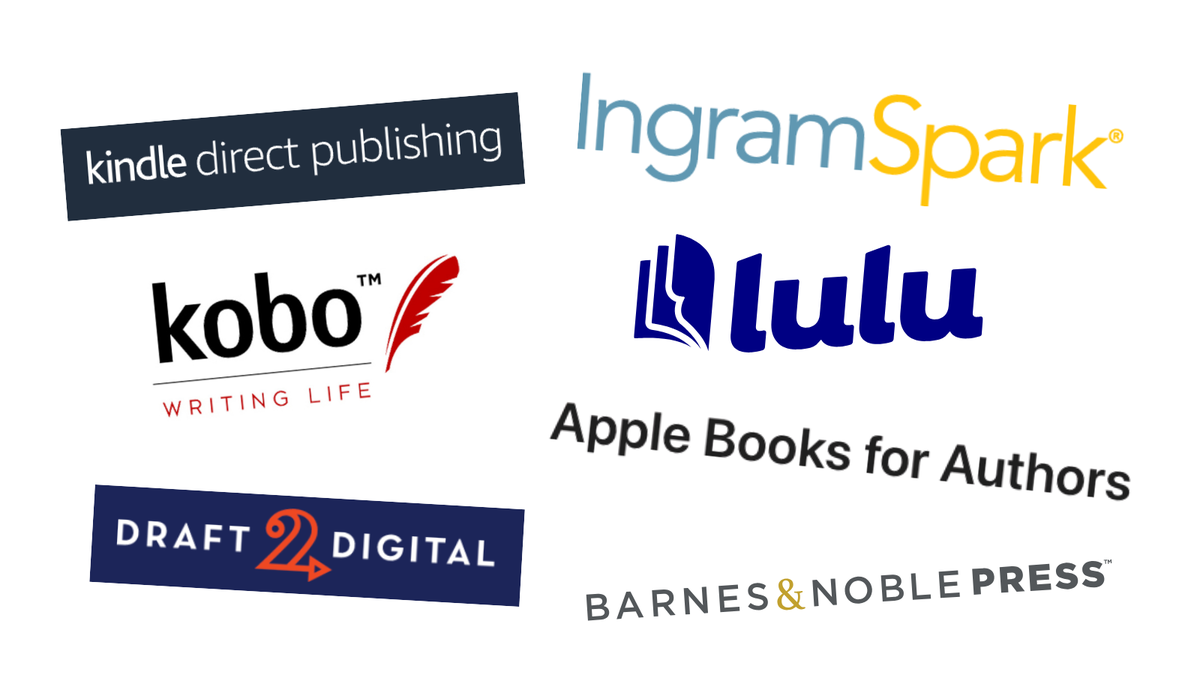
6th November, 2024
5 min read
Top Tips for Writing Historical Fiction From an Editor’s Point of View
Written by:
Issy Hill
Historical fiction is arguably one of the trickiest for an author to get right. Here are some top tips for how to make your historical fiction accurate, interesting and original, from an editor’s point of view.
Decide how many facts you want to include
A common mistake authors can make when writing historical fiction is bombarding or ‘info-dumping’ historical facts into their story to make it feel authentic. This can be off-putting to some readers if your book feels like a history lesson. On the other hand, I have worked on books where I have struggled to work out when they are set, so the opposite mistake authors make is not giving clear indicators of the date or period in which the story takes place.
As you plan, it is best for you to decide whereabouts you sit on this scale and remain consistent with this style as you write. It’s fine to work with a lot of historical information if you would prefer but try to ensure it does not take away from the narrative. It can also be fine to keep your history on the lighter side, but make sure there is a clear ‘historical identity’ that the reader can easily work out.
Ensure historical accuracy
This is possibly the biggest challenge facing writers of historical fiction. Regardless of whether you want your book to be immersed in its period or simply allude to it if you are aiming to depict a real period in history accurately, the historical information you give needs to be correct and the world you build needs to be plausible. A historical fiction book filled with anachronisms will prevent your reader from being immersed in the story.
Dates – use a reliable source to locate your dates and double-check them all before you publish. One of the most common errors I flag in my edits is not necessarily a historically inaccurate date, but inconsistencies in dates used or dates that do not ‘add up’ in the narrative, so careful planning is crucial to help avoid this. This also applies to using real people in your narratives. Make sure any real people you include in your book were alive at the time of your book and could plausibly have been doing whatever you have them doing.
Setting and location – make sure that any specific place you use (for example, a named castle or palace) is accurate to the context. On the most basic level, make sure the place existed at this time and, further, find out if you can whether the place you’re using was used for that same purpose in your period. You could also make sure that the place name was the same in your period as it is now (especially for countries). However, this is also an area where you can employ a good degree of freedom. As long as the real place you’re referring to did exist and function in your time, you can use your imagination beautifully to craft a setting or event around it.
Objects – double check the dates of inventions for everyday objects you use in your book, and whether they were in circulation in the country of your setting at the time. You may want to go further and label it accurately with the name it was known by at the time.
Language – I rarely come across books where an author has fully used language accurate for the time period. Using language that is entirely accurate to the period, both in and out of dialogue, is very tricky and can actually be off-putting to some readers, so you will need to weigh up your options here. Describing an accent or adding the odd old spelling (for example, with a place name or signpost) is common and easy to research, but if you opt for completely authentic dialogue, you will need a reliable source for your terminology. Most writers, I find, write their historical fiction in modern language and dialogue, with the odd old spelling or name for historical accuracy.
Develop your characters
Well-developed characters with depth are a crucial element of any fictional novel. However, with historical fiction, there can sometimes be a tendency to stick to overused character types or, in the case of characters being based on or depicting real people, to not develop characters enough. This can damage your novel. If you are writing a novel about Henry VIII, ‘just being Henry VIII’ is not sufficient characterisation, despite what we all know about him. Since your book is fiction, this is your chance to develop a real figure in a way you believe they might have been, or to show them in a light you feel has been little explored in the genre. Developing well-known figures in new and interesting ways is a good way to make your book stand out and is crucial to keep your reader interested. If your reader cannot connect with the characters, they may stop reading.
Consider new plot lines
If you’re depicting a fictionalised life of a real character, you have less scope with the plot if you’re aiming to maintain biographical accuracy. However, if your narrative is entirely fictional, it’s worth being aware of the stereotypical tropes and storylines that tend to emerge in historical fiction, but which can promote harmful stereotypes. Plotlines such as ‘the white saviour vs the natives’, ‘the damsel in distress’ or ‘the tragic queer relationship’ can perpetuate negative tropes if handled insensitively. You may wish to subvert one of these storylines for a refreshing and less harmful take, or you may feel it is easier to avoid these entirely. This is not to say you must avoid completely any semblance of these plot lines but ensuring that you handle any potentially harmful content sensitively is important.
Read widely
Writing authentic but interesting historical fiction is hard. It can be tricky to find a good balance between exciting plot and historical accuracy. One of the best ways to prepare for your own writing is to read the historical fiction genre widely. You will soon pick up on how different authors blend history with fiction, and you will start to realise which styles you prefer. Once you have read a wide range of styles, you can home in on your chosen time period to help with your own writing.
Set time aside to research
For some authors, doing all their research prior to writing suits them best. For others, having found that you can’t really ever end the research, switching between writing and research, depending on how they’re feeling, works better. Whichever method works best for you, make sure to dedicate a good amount of time to research to ensure accuracy in your narrative.Writing historical fiction is tricky, but it can be very rewarding if done well. The genre has seen a resurgence in popularity in recent years, with Publishing State writing, ‘it seems that readers are increasingly seeking connections with the past, perhaps to understand our present or escape the rapid pace of modern life.’ It is important to find the right balance between an engaging and creative plot – this is fiction, after all – and enough historical accuracy to immerse your reader in the setting. Ultimately, the best way to achieve this balance is to read widely, plan and research well, and choose to write on a period that interests you.










